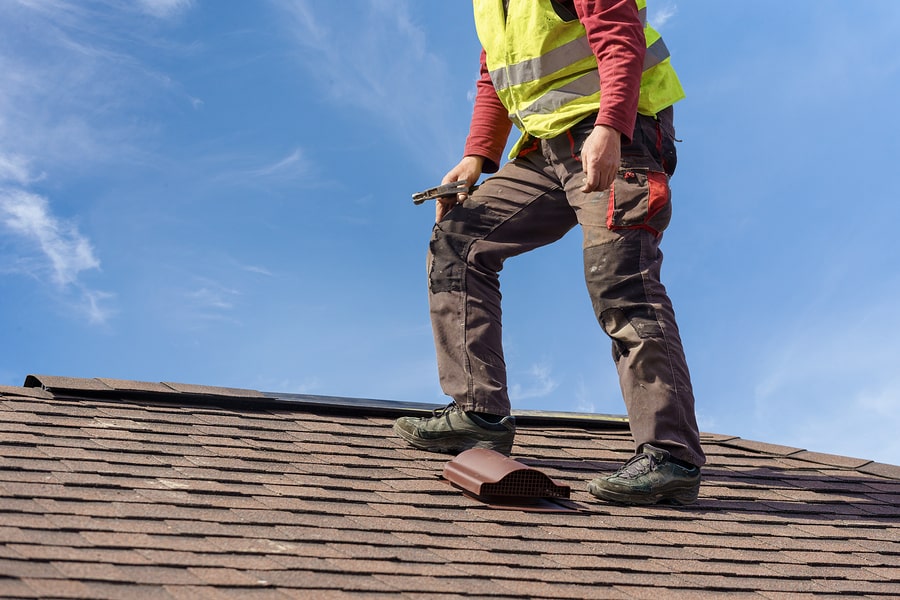As summer comes to an end, it’s important to turn your attention to your roof’s condition. The hot sun, summer storms, and varying weather conditions can impact the health of your roof. With autumn and winter on the horizon, now is the perfect time to ensure your roof is ready for the changing seasons. Here are some essential tips for preparing your roof as summer concludes.
1. Conduct a Thorough Inspection
Summer weather can lead to various types of roof damage. It’s essential to carry out a detailed inspection to identify any issues. Pay close attention to:
Shingle Damage: Look for shingles that are broken, warped, or missing altogether. These should be repaired or replaced promptly to avoid leaks.
Granule Loss: Check your gutters and downspouts for shingle granules, which can indicate aging or damaged shingles.
Flashing Problems: Ensure that the flashing around chimneys, skylights, and vents is secure and free of cracks.
2. Clean and Clear Gutters
Gutters are crucial for channeling water away from your roof and home. Clogged gutters can cause water to back up, leading to roof leaks and potential foundation damage. At the end of summer, make sure to clear out any debris, such as leaves and twigs, to ensure they function properly during the wetter months.
3. Inspect for Mold and Algae Growth
The heat and humidity of summer can foster the growth of mold and algae on your roof. These growths not only detract from your home’s appearance but can also damage roofing materials over time. Inspect your roof for green or black streaks and consider professional cleaning if necessary.
4. Evaluate Ventilation
Proper attic ventilation is essential for a healthy roof. Excessive heat buildup in the attic during summer can cause shingles to wear out prematurely. Make sure your attic vents are unobstructed and working correctly to promote adequate airflow and reduce heat accumulation.
5. Trim Overhanging Tree Branches
While trees add beauty and shade to your property, branches that hang over your roof can cause damage. They can scrape against shingles, drop debris into your gutters, and pose a risk during storms. Trim back any branches that are too close to your roof to prevent these issues.
6. Check for Interior Signs of Leaks
After summer rains, it’s crucial to inspect your home’s interior for signs of roof leaks. Look for water stains on ceilings and walls and be alert to any musty smells that could indicate mold. Address any leaks immediately to prevent further damage.
7. Schedule a Professional Roof Inspection
While you can spot many issues on your own, a professional roofing contractor can conduct a comprehensive inspection. They have the expertise to identify problems that may not be visible to the untrained eye. Scheduling a professional inspection before fall can help you avoid costly repairs in the future.
Conclusion
Maintaining your roof at the end of summer is essential for its longevity and effectiveness. By inspecting for damage, cleaning your gutters, checking for mold and algae, evaluating ventilation, trimming branches, looking for leaks, and scheduling a professional inspection, you can ensure your roof is prepared for the seasons ahead.
Proactive roof maintenance now can save you from more significant issues later. If you need help with a roof inspection or repairs, our team at Shoreline Roofing is ready to assist. We’re committed to keeping your roof in optimal condition, no matter the season.
By following these guidelines, you can extend your roof’s lifespan and maintain its protective qualities. Stay ahead of potential problems, and enjoy the peace of mind that comes with a well-maintained roof as the seasons change.

